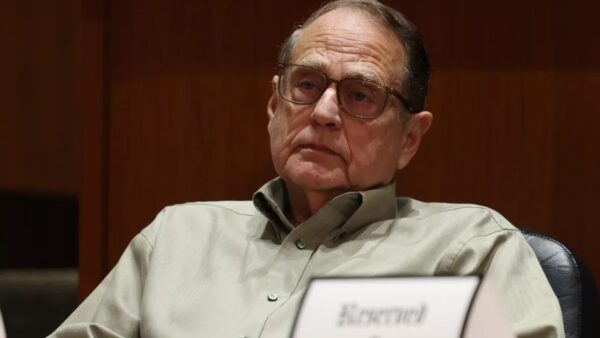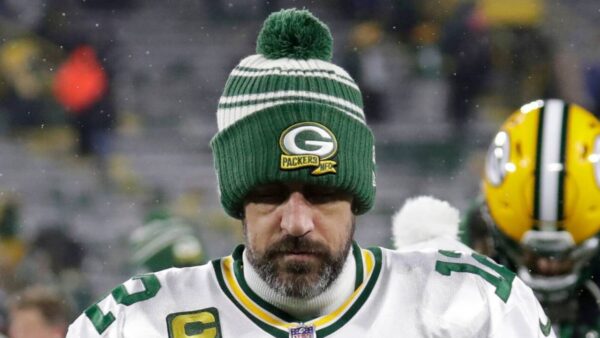Remodeled Rafael Nadal serve should see him do better at the Australian Open

Rafael Nadal
The new tennis season starts in a few weeks. As the caravan rolls into Australia for the season’s first Grand Slam in Melbourne, starting January 16, 2023, it will be preceded by a few warm-up events. It comprises the ATP and WTA Tour events. Needless to say, the focus will be on seasoned superstars as well as young brats.
Perhaps, the best news for fans of men’s tennis is both Rafael Nadal, the defending champion, and Novak Djokovic will feature in the melting Melbourne draw. After the lows of 2022, when the Aussies deported Djokovic, it promises to be a level playing field. Apart from the men who own a total of 43 singles Grand Slam titles (Nadal 22, Djokovic 21), Young Turks will also be smacking their lips. Carlos Alcaraz, Jannik Sinner, Casper Ruud, Frances Taifoe, and Taylor Fritz will be the ones who will want to flex their muscles and wield their racket power, after doing well in 2022.
For those who think the younger players will ride over the seasoned pros with ease, a word of caution. There is no substitute for experience and the wily old foxes — Nadal and Djokovic — will not give up easily. The Spanish legend and Serbian supremo are gunning for more Grand Slam titles. If they come in each other’s way, that’s part of the draw!
Viewed dispassionately, Nadal and Djokovic have their own brand and band of followers. Physically speaking, Djokovic, has been in peak shape, almost always. He has that chiseled-out frame, almost the creation of a sculptor at work. As long as he can last physically and outlast opponents in the heat of Melbourne, his favorite haunt, Djokovic will be a favorite. Does that mean Nadal is weak or looks inferior to the rest of the field? All those who think Nadal is past prime, his body is fragile and he is injury prone will do well to understand the changes he keeps making. Even at this stage in life, when he has nothing left to prove, he continues to innovate.
Sample this: At the Australian Open and French Open in 2022, Nadal had that foot problem. He has had some nerve issues for a long and takes nerve blocker shots, which, in layman’s language is local anesthesia injection at the “spot.” What has been a major concern and identified as something important is the abdominal muscle tear which wrecked his Wimbledon campaign, where he had to concede the semi-final.
Carlos Moya noticed the change in Rafael Nadal’s service action

Nadal had to take a break and return. When he resumed practice, he had to be watched carefully. None other than former French Open champion Carlos Moya was quick to identify, Nadal’s service action needed modification. Sounds strange? Tennis is a technical sport, where from racket grip to racket head acceleration and the bio-mechanics of breaking down each shot, a lot of visualization goes behind it.
It was Moya who had decided Nadal’s service action needed to be tweaked. For those who want to see the old Nadal videos, he would use his body massively into the serve. Arch backward, cock up, whack the fuzzy ball, and then follow through. It was noticed in videos, in his last serve action, the impact was going down to his abdominal muscles. That’s where the tear took place.
Then came the change, done before the US Open. The options were limited, continuing with the serve action meant, injuring/tearing his abdomen muscles. That would have been disastrous. A tweaked view of the Nadal service action has more usage of the upper body and less impact reaching down to his abdominal muscles. He has a solid upper and lower body, which has been built each square inch with a huge premium by fundamentals of fitness. Those who have seen Nadal warm up before a match can relate to the elastic band he uses, tied to the tennis net edge to move his serving arm (left) so vigorously, naked eyes watching will dance. Nadal now uses his upper frame motion more into firing the serve.
He is generating pace and by the time the Australian Open begins, it should be functioning smoothly. “During the training sessions (before US Open), we saw that he (Nadal) was struggling to serve like before, going after the ball at the top, reaching. To protect the area, we changed to a service that allows him to be competitive. So far, he’s serving pretty well. It’s a different method, but on a fast court, or even at Wimbledon, it’s a service that can be very effective. He’s getting more confident and he hasn’t lost any speed. And the bounce is livelier with the new service, the spin he puts on it is having more effect,” said Moya.
Only one champion can teach another champion these nuances. Moya was king on clay and apart from a solid baseline game he could rally for hours. His service action, too, was nice to watch. Come January, we will know, how Nadal’s new serve has settled. At 35, he is innovating. Isn’t that super?







